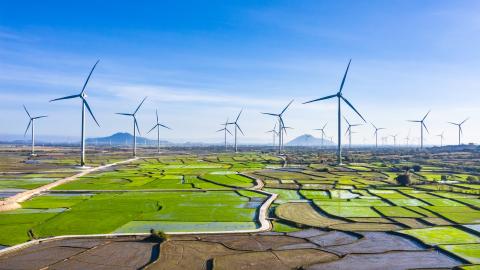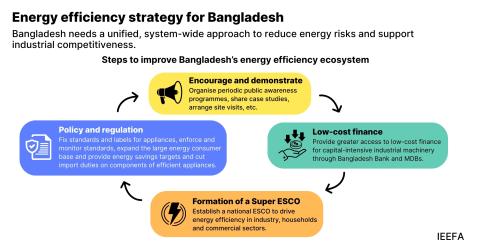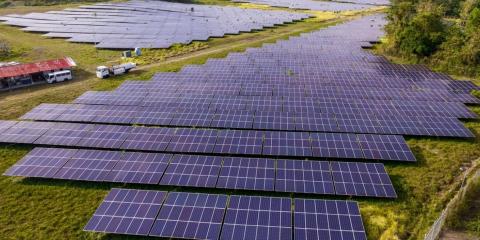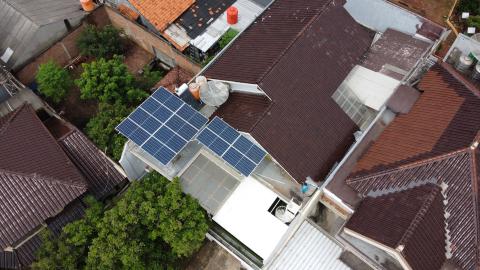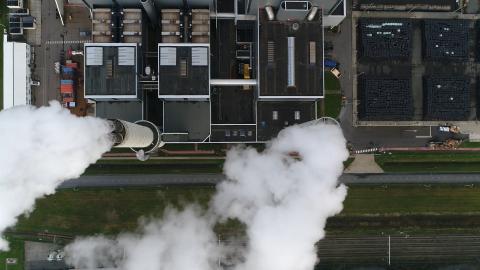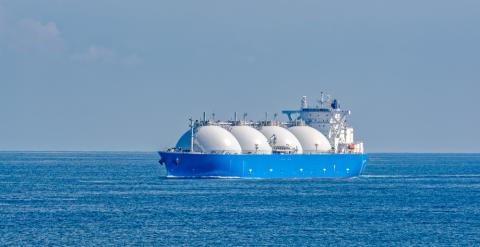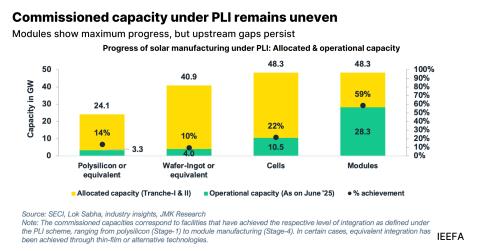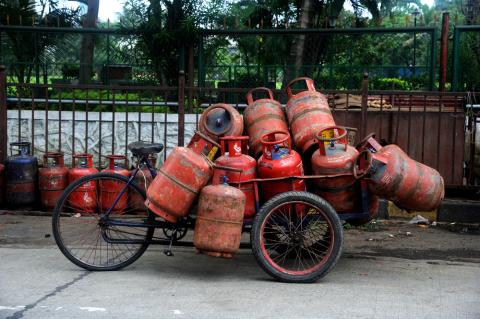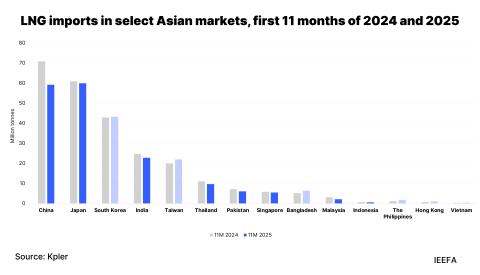Australia lagging behind New Zealand on cutting industrial energy costs
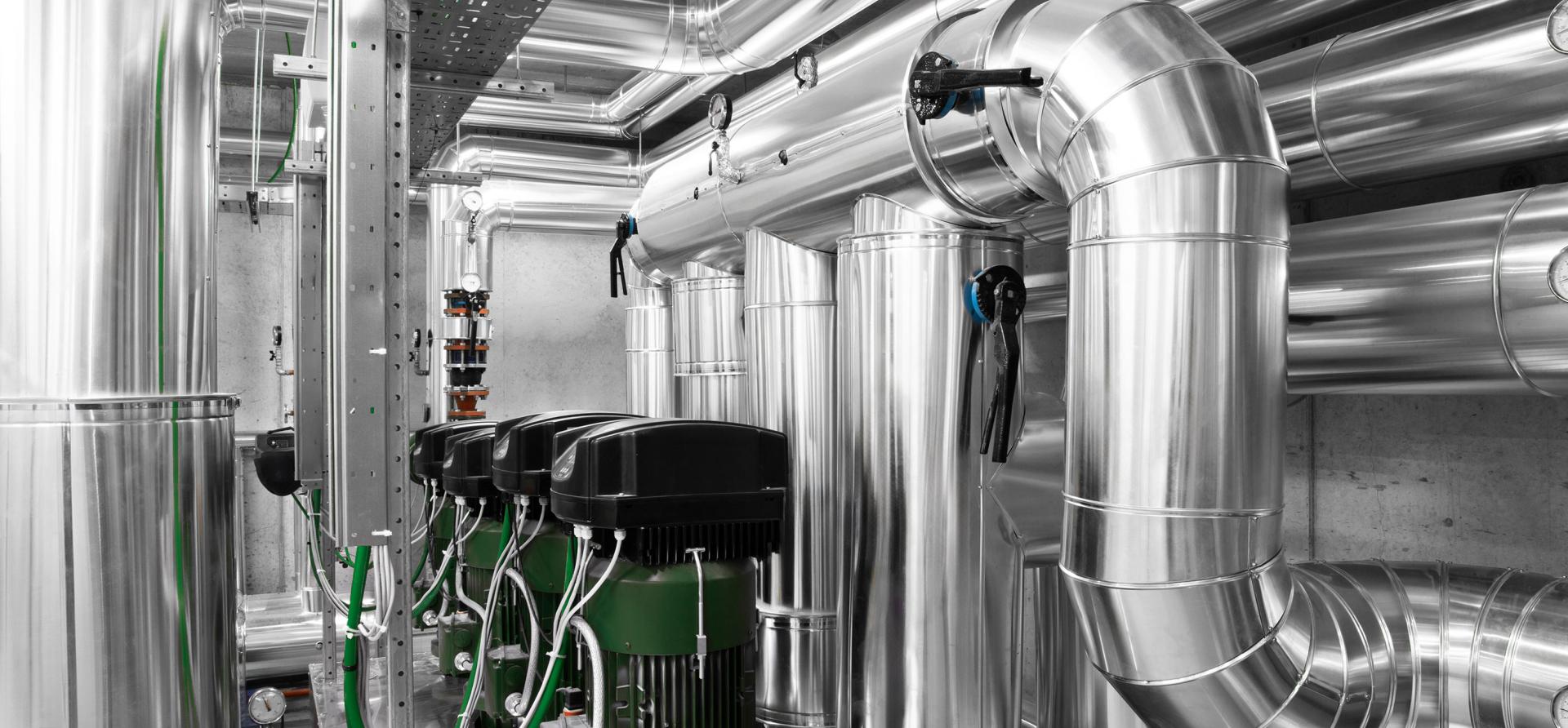
Key Findings
While Australian industry is moving slowly in embracing the decarbonisation opportunities offered by industrial heat pumps (IHPs), New Zealand is moving ahead in implementing the technology.
About a quarter of New Zealand’s potential for IHPs has now been captured, with the shift apparently contributing to a material decrease in coal and gas use in the country’s food & beverage sector.
The successful transition to IHPs has been assisted by a comprehensive program of government support, which has effectively kick-started the emergence of a new industry in New Zealand.
Innovation in network connection arrangements, for example through dynamic loads, can help to reduce connection costs by avoiding or minimising network augmentation.
Last year research from IEEFA revealed that electrification could slash energy use in industrial processes, using heat pump technology that is commercially available today. However, adoption remains slow in Australia, with only a very small number of industrial heat pumps (IHPs) deployed here to date. In contrast, New Zealand is already well ahead of its larger neighbour.
New Zealand’s Energy Efficiency & Conservation Authority (EECA) estimates that about a quarter of the country’s potential for IHPs has now been captured. The shift appears to have contributed to a material decrease in coal and gas use in the country’s food & beverage sector. Between 2019 and 2022 (the latest year of available data), coal use in the food & beverage sector decreased by 12% and gas use by 21%, while electricity use increased by 7%.
The successes achieved in New Zealand offer a range of useful learnings for Australia, if decisive action is taken now.
A comprehensive approach was key to success
The New Zealand government started supporting the deployment of IHPs in 2013 through the Technology Demonstration Fund, which demonstrated IHPs at lower temperatures (60°C) in commercial and industrial applications. The program has progressively moved to higher temperatures as the technology has advanced. In 2018, the government supported the demonstration of a small number of applications with temperatures of 80-90°C. The program provides 50% co-funding, with up to NZ$500,000 (~AU$450,000) of support for IHP projects.
Support then moved to deployment through the Government Investment in Decarbonising Industry (GIDI) fund. The fund supported in total 83 projects with 35% co-funding, mostly decarbonising industrial heat through energy efficiency, electrification and shifting to biomass. About 26-30 projects involved IHPs, receiving a total of NZ$40-45 million in government funding. This allowed the projects’ paybacks to decrease enough to unlock internal capital.
Importantly, government support wasn’t limited to providing funding for projects, but also included information and capacity-building elements. The government worked with international experts to share their learnings; it partnered with universities where required to look at how to best integrate IHPs into existing processes and industrial sites; and it organised training and site visits. It also invested in a team to engage with industry, including dedicated account managers for the top 200 energy users, which was helpful in developing a pipeline of projects for government programs.
The Energy Transition Accelerator provides up to 40% and NZ$35,000 in co-funding to help businesses assess their opportunities to reduce emissions. The assessment relies on a full review of the business’ energy balance and provides a cost-optimised decarbonisation pathway, which businesses can then choose to implement in full or progressively. This provides businesses with a good understanding of where IHPs do or do not make sense for them.
The government has also invested in developing a comprehensive dataset on industrial energy use and equipment. It has developed a detailed Energy End Use Database, which provides a breakdown of industrial energy use by sector, fuel type and end use, and feeds into national energy scenario modelling. It has also developed a Regional Heat Demand Database, which shows how and where fossil fuels are used by large process heat-using sites, including an estimated number of boilers. This information was used to develop a Regional Energy Transition Accelerator Map, which represents “important demand and supply side energy sites, with a regional focus”. These tools are freely available for all to use. Such data is sorely missed in Australia.
Now, the Technology Demonstration Fund is looking at IHPs that can provide steam or hot water over 100°C, which will unlock a range of new applications.
IHPS have many financially attractive applications, and they’re not all complex
IHPs are particularly attractive for processes that use both cooling and heating, as the waste heat from the cooling process can be used as an input to the heating process. As such, the meat sector is an attractive place to start, where IHPs are particularly cost-effective and have the potential to replace the vast majority of fossil fuel use. The meat sector represented more than half of the IHP projects that have received GIDI support. Other projects went ahead in a range of sectors such as dairy manufacturing and other food processing, as well as textile manufacturing.
In many cases, there were more benefits than simply the energy cost reduction. IHPs are a lot easier to run than fossil fuel boilers and, according to EECA, “don’t require ash disposal, fuel handling and other such operational costs, and may require less supervision and operator intervention”. Projects have yielded some resilience benefits as well, for example by being able to turn off an unstable fossil fuel boiler, or by keeping both the IHP and the original boiler and thus having the option to shift between fuels.
Not all IHP projects have been complex. Some sites did go for a full process redesign and electrification, but this was mostly done when boilers needed to be upgraded anyway. In many cases, a full redesign was not feasible due to the long production interruption it would require. However, many sites found ways to integrate IHPs into their existing processes in a way that could cut cost and emissions. For example, IHPs can be used to heat some of the water that goes into existing boilers or hot water systems, reducing the amount of fossil fuel required to bring the water to its final temperature. In this case, it is a very easy integration into an existing system, simply dropping the water heated by the IHP into the input water system.
Electricity network capacity is crucial, but need not be a barrier
When it comes to those more incremental IHP applications, the size of the IHP is often driven by the amount of capacity available in the existing electricity network connection. While the cost of upgrading the connection is usually not prohibitive when it comes to full redesign, it can be so when it comes to smaller projects.
Innovation in connection arrangements can help to reduce connection costs by avoiding or minimising network augmentation. In Australia, Essential Energy is currently preparing a trial with industrial consumers that will have a new flexible electrical load, allowing them to access network capacity through a dynamic connection agreement. This is a similar concept to dynamic operating envelopes (DOEs), used to flexibly optimise rooftop solar exports based on network capacity, but for electricity loads. Instead of having an agreement to use a fixed level of network capacity all year round, businesses will have an agreement to use the available network capacity on a dynamic basis. For the vast majority of the year, this will provide access to a greater volume than would be available under a fixed agreement. On a small number of network peak demand days, access would be limited.
This type of connection arrangement will potentially unlock the network capacity required by industrial businesses to electrify – as long as the businesses can be flexible with their new loads and reduce their electricity demand during network peak demand. One way of achieving this is through the use of hot water storage in tandem with IHPs, which can smooth the heat source, help manage network demand and minimise energy costs. Aside from heat pumps, Essential Energy is also working with customers using electric thermal energy storage systems.
How government support kick-started a new industry
One of the key impacts of the various government programs was to catalyse the development of an IHP industry in New Zealand. Refrigeration companies are now the main suppliers of IHPs, supported by specialised consultants. IHPs use the same technology as refrigeration systems, which made refrigeration companies a natural fit. They hired or partnered with heating engineers, and learnt how to assemble and integrate the technology.
It was complicated to start with, given that the first units were fully bespoke. However, there are now quite a few projects up and running, which have provided both suppliers and consumers with confidence in the technology. Suppliers have a range of case studies they can showcase to interested businesses.
The technology is also still progressing. For example, some IHPs are now available in containerised models, which come at lower cost and with lower complexity (but may lead to small efficiency drops in some cases). Now that the GIDI program has closed, IHP projects are still going ahead in New Zealand without any government support.
Australia has a lot to learn from New Zealand, and can benefit from the capacity developed there. In the context of imminent excess gas demand on Australia’s east coast, it’s time to start looking at those opportunities seriously.
Note: Publicly available information was complemented by interviews with DETA, New Zealand’s Energy Efficiency & Conservation Authority (EECA) and Essential Energy in the preparation of this article.



